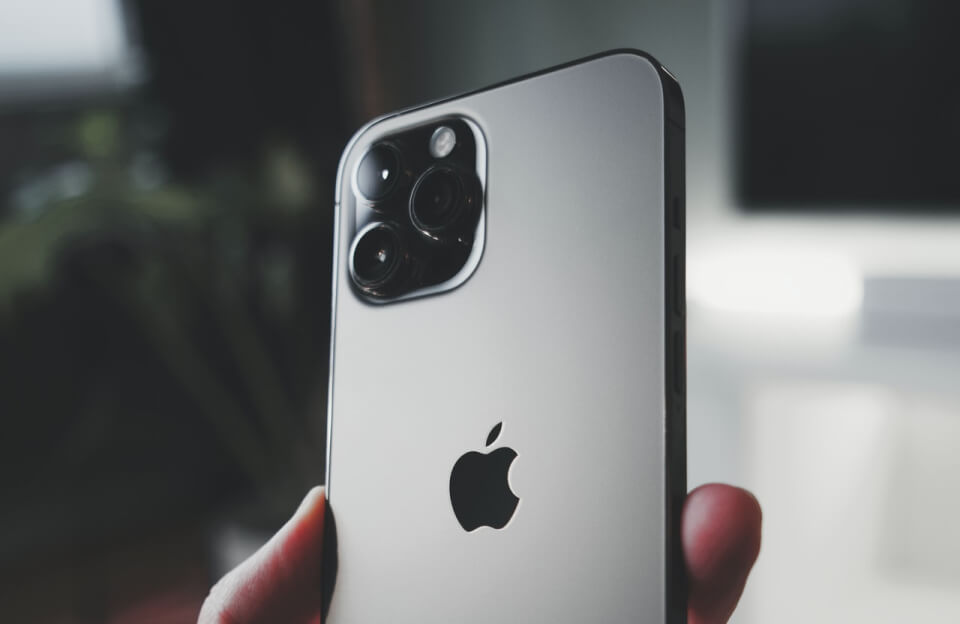In a world where millions of videos are uploaded daily, why do some creators suddenly skyrocket to fame while others get buried in the feed? The answer lies in psychology. Viral content isn’t random—it’s the result of emotional triggers, social behavior, and strategic content creation. In this article, we’ll unpack why some creators “blow up overnight” and how the mechanics of virality work in 2025.
Unpacking the Secrets Behind Viral Content, Creator Momentum, and Overnight Fame in the Digital Age
Virality often feels like magic, but it’s deeply rooted in how our brains respond to content. Successful creators tap into what makes people click, feel, and share—fast. From emotional resonance to social proof, let’s break down the top forces at play when a piece of content explodes.
Emotional Triggers Are the Engine of Virality
The most shareable content sparks emotion. Whether it’s laughter, shock, outrage, or inspiration, feelings fuel the urge to hit that share button. High-arousal emotions like joy and anger are especially powerful—they get people talking and keep them engaged longer.
Think about viral challenge videos, dramatic storytimes, or unexpected acts of kindness. These aren’t just entertaining—they tap into something visceral that viewers want to spread.
Social Proof and FOMO Fuel the Fire
People follow the crowd. When a video starts gaining traction—through likes, comments, or shares—it becomes more attractive to new viewers. This is known as social proof, and it makes content seem more credible, interesting, and worth watching.
FOMO (Fear of Missing Out) plays into this. If everyone’s talking about a trending video or creator, people want to be part of the moment. Savvy creators use countdowns, “exclusive drops,” or viral hashtags to drive that urgency.
Relatability Is the New Virality
Viral creators don’t just entertain—they reflect the audience. Whether it’s a niche struggle, a universal truth, or a cultural inside joke, content that feels personal gets shared more often. Viewers see themselves in the content and want to pass it on.
This is why “POV” videos, confessionals, or funny life observations are everywhere—they strike a nerve, and that makes them spread.
The Algorithm Loves What People Love
Platforms like TikTok, Instagram, and YouTube reward what performs. If your content keeps people watching, engaging, and sharing, the algorithm will push it further. This creates a snowball effect: more views lead to more views.
Creators who master hook timing, repeatable formats, and audience feedback loops are more likely to hit that “overnight” moment because their content is designed to thrive in the algorithm.
Surprise, Novelty, and the Unexpected
Humans are wired to notice what’s new. Viral videos often contain some form of twist, unexpected outcome, or new perspective. These elements keep viewers curious—and curiosity keeps people watching until the end.
From shocking transformations to plot twists, the element of surprise is a viral superpower.
The Bottom Line
Going viral isn’t about luck—it’s about understanding what makes people tick. If you’re a creator, mastering emotional impact, social proof, relatability, and algorithm dynamics can put you on the fast track to growth.
Have you ever gone viral? Share your experience in the comments—or tag a creator whose viral journey we should feature next!


